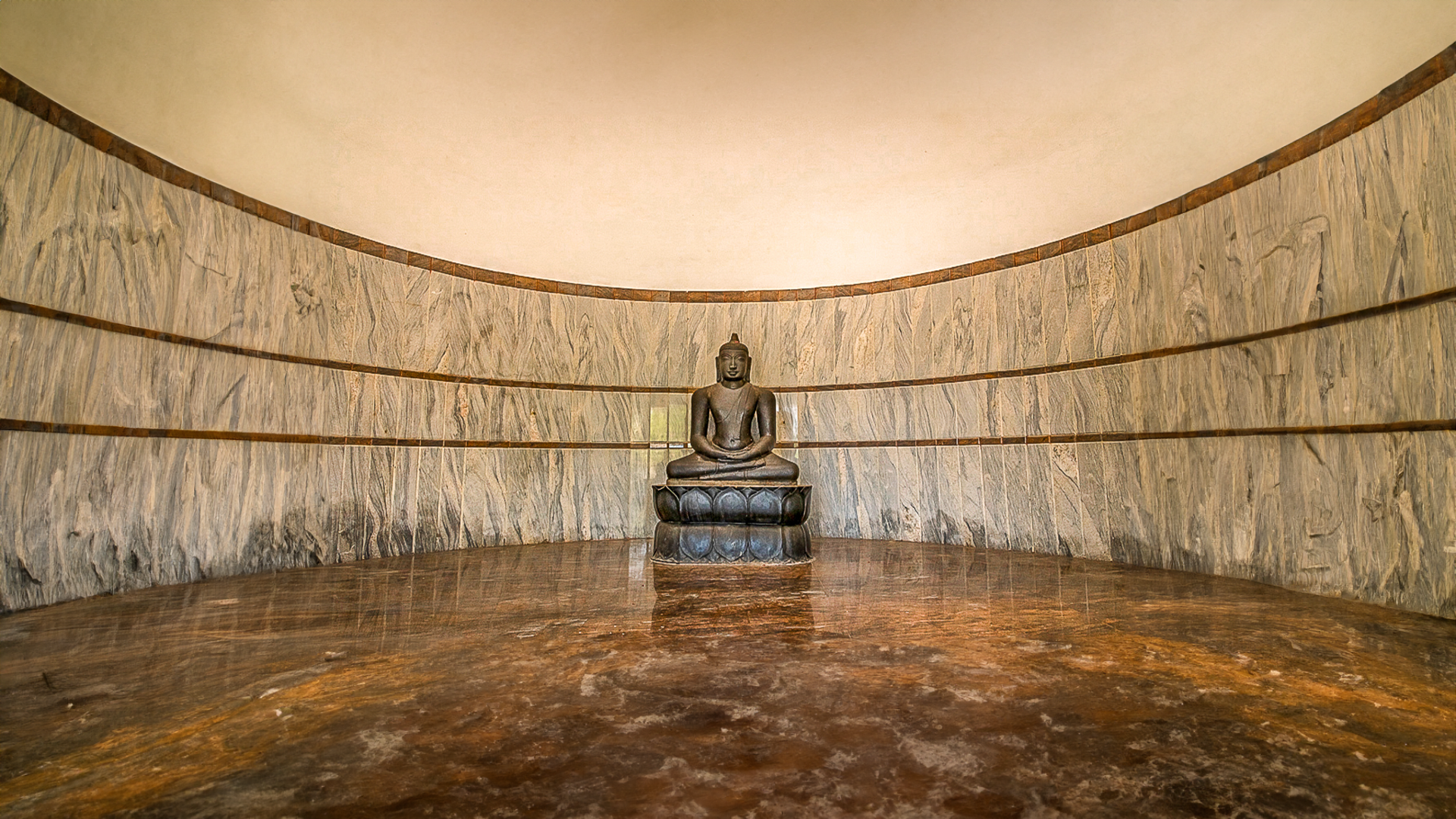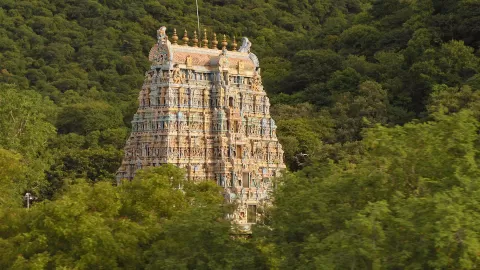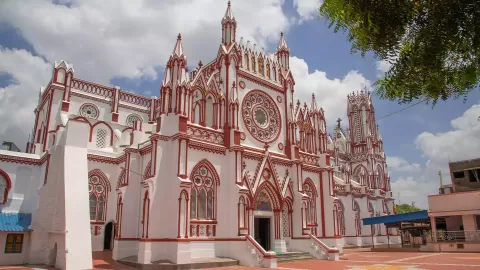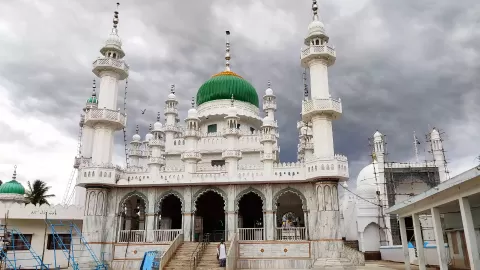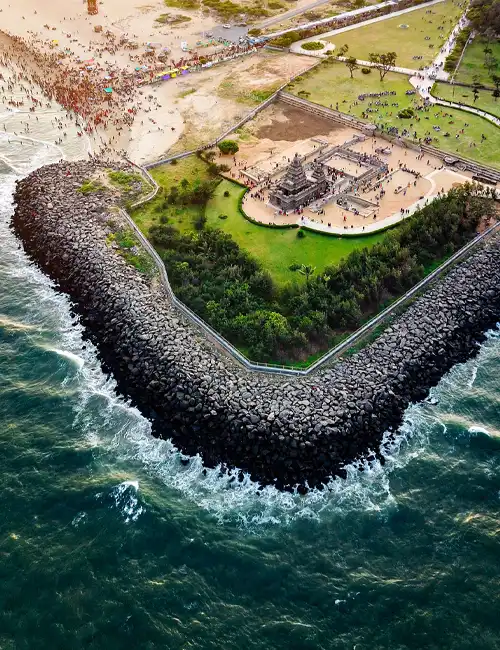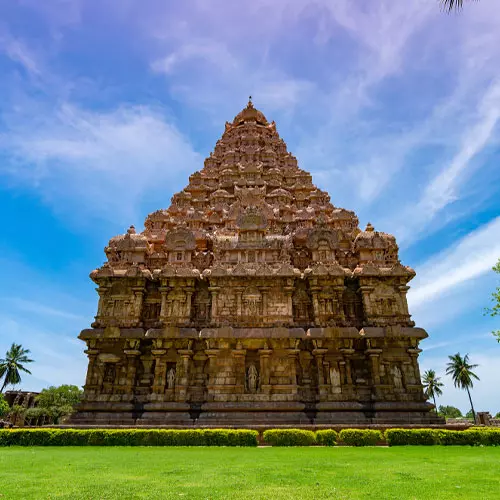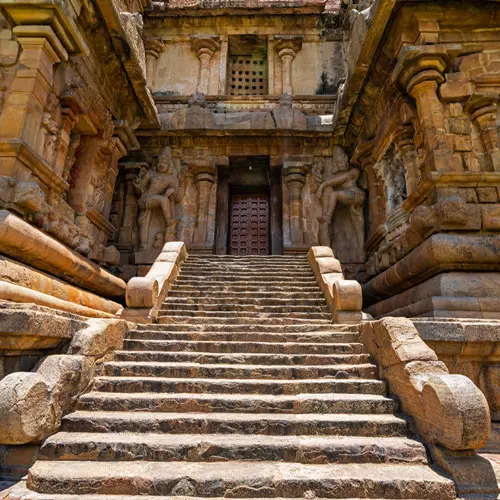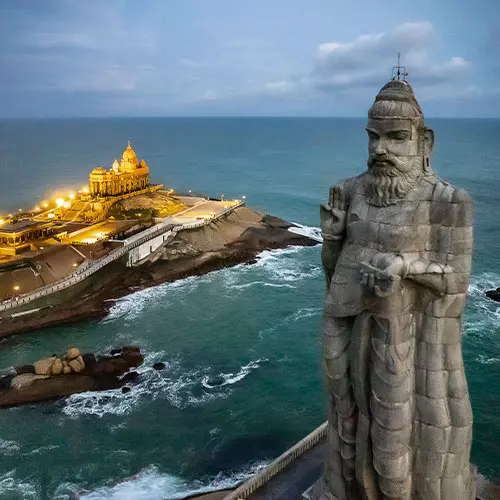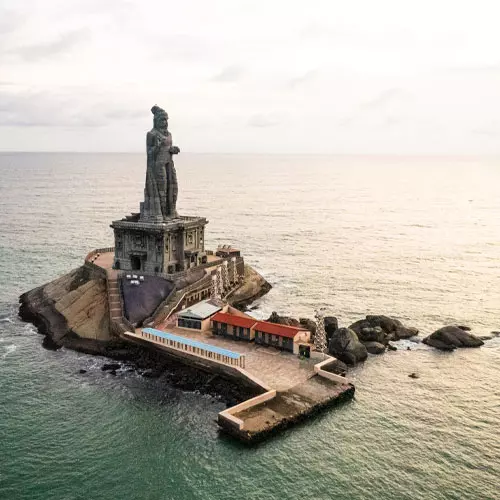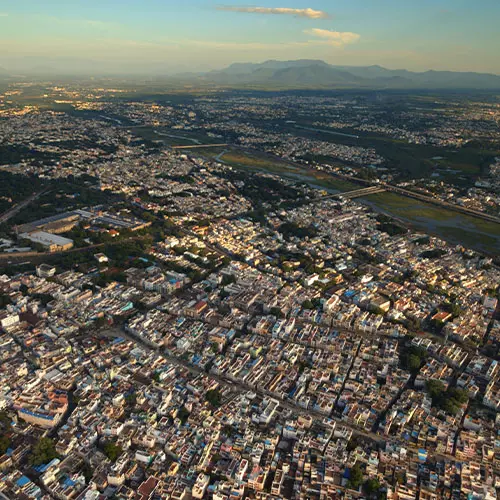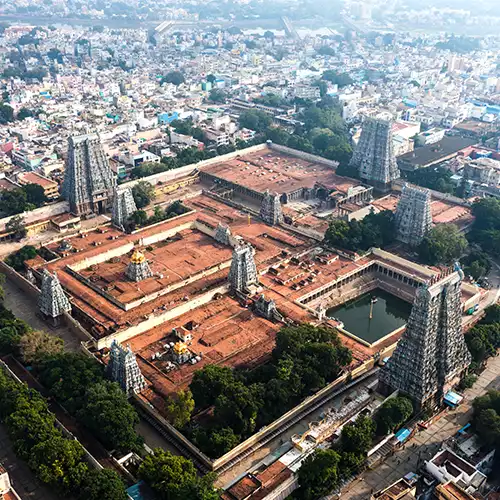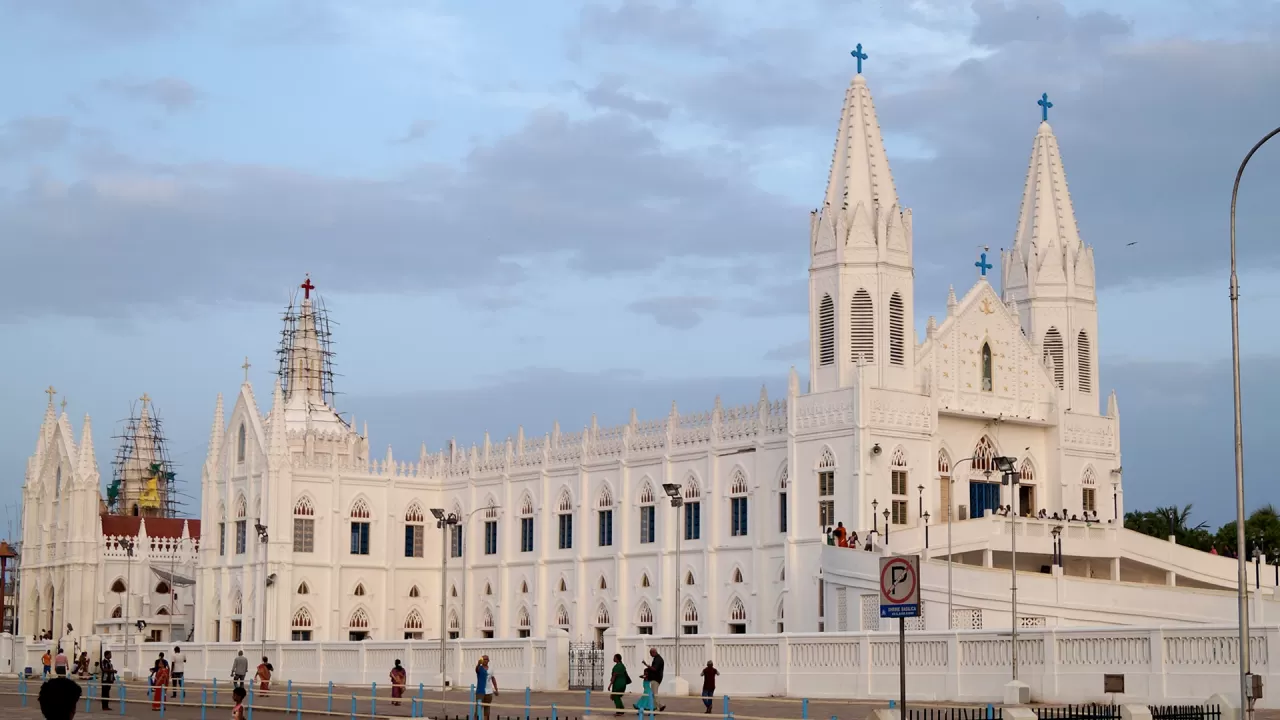
The state of Tamil Nadu has been a great source of spiritual rejuvenation for travelers from across the globe. The state is home to over 33,000 ancient temples, signifying the Dravidian style of architecture. Here, temple architecture catalogues the tastes of successive dynasties and testifies to the centrality of religion in everyday life.
Pilgrimage to religious destinations not only increases tourist footfall to the state but also bring enormous economic gains to local residents. Most of the temples are built in honour of Shiva, Vishnu and their consorts. These temples are known not only by their design and sculptures but by constant activities - devotion, dancing, singing, pujas, festivals and feasts - on their premises.
The ones who added more charm to Tamil Nadu were Pallavas, Cholas, Pandyas, Nayakas and Vijaynagar rulers. During 700 AD, Pallavas were the first among the greatest rulers who sculpted the finest and the oldest temples in Tamil Nadu. Their specialisation lay in carving temples out of stones.
After 900 AD it was the time of the Cholas who ruled from 900 AD, their idea of temples was to beautify them by making towers and halls. Vijayanagar and Nayakas brought forward the artistic styles of gateway arches, colossal pillars and curvy paths near the shrine.
Chidambaram Kapaleeswarar, Chidambaram; Meenakshi Temple, Madurai; Rameshwaram Temple; Brihadeeswarar Temple, Thanjavur; Kumbakonam; Mariamman Temple, Samayapuram; Velankanni; Nagore Dargah; Thiruchendur Murugan Kovil; Srivilliputhur Andal Temple; Palani; Papanasam; Sri Sankaranarayana Swamy Temple, Sankarankovil; Arunachala Temple, Tiruvannamalai and Kumariamman Temple, Kanyakumari are some of the popular pilgrimage sites in Tamil Nadu.
